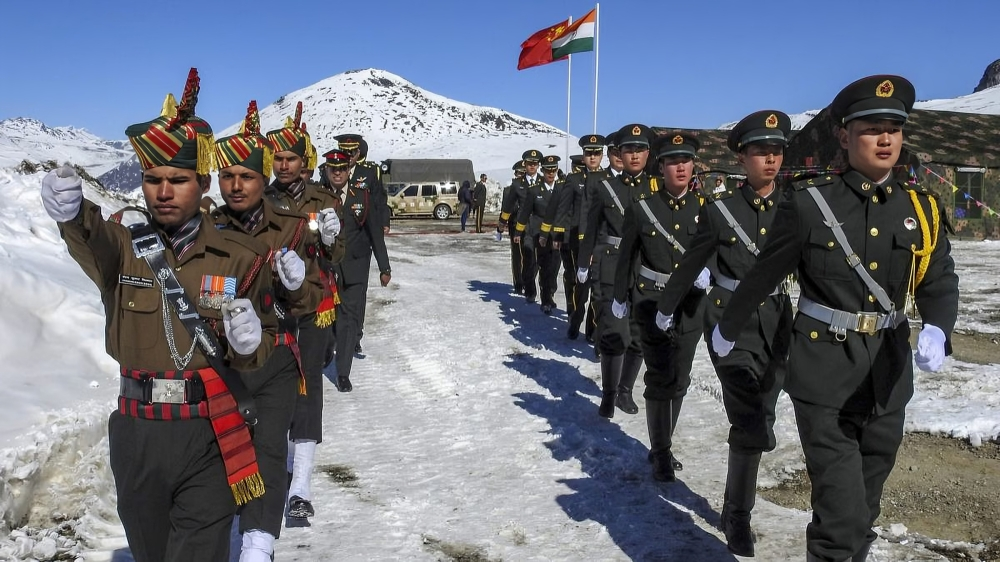In a strong diplomatic rebuttal, India has categorically rejected China’s latest attempt to rename locations in Arunachal Pradesh, reaffirming that the northeastern state remains an inalienable part of India. The Ministry of External Affairs (MEA) spokesperson, Randhir Jaiswal, denounced the move as “vain and preposterous,” underscoring that such actions would not change ground realities.
“We have noted that China has persisted with its vain and preposterous attempts to name places in the Indian state of Arunachal Pradesh,” Jaiswal stated during a press briefing. “Consistent with our principled position, we reject such attempts categorically. Creative naming will not alter the undeniable reality that Arunachal Pradesh was, is, and will always remain an integral and inalienable part of India.”
China’s renaming efforts come amid long-standing border tensions between the two Asian powers, particularly in the eastern sector near the Line of Actual Control (LAC). In April 2024, China released a list of 30 “standardized” names for places in Arunachal Pradesh, which it claims as part of “Zangnan” or South Tibet. The announcement followed Indian Prime Minister Narendra Modi’s high-profile visit to the region in March 2024 to inaugurate the strategically critical Sela Tunnel.
The border dispute between India and China dates back to the 1962 Sino-Indian War and hinges on differing interpretations of the McMahon Line, the boundary drawn during the 1914 Simla Convention. While India recognizes the McMahon Line as the official border, China disputes it, asserting that Tibet lacked sovereignty to sign such agreements.
India’s firm response highlights Arunachal Pradesh’s longstanding historical, cultural, and administrative ties with the Indian Union. The state, covering 83,743 km², is not only rich in natural beauty and biodiversity but is also home to indigenous communities like the Monpa, Tani, Mishmi, and Deori. The region holds significant strategic value and economic potential, particularly in hydroelectric energy and traditional industries such as handloom weaving.
In recent years, tensions along the LAC have intensified, including the deadly Galwan Valley clash in 2020 and China’s reported construction of “border villages” aimed at reinforcing territorial claims. India, in turn, has accelerated its infrastructure development in the region, including strategic roads and tunnels, to enhance connectivity and strengthen military preparedness.
As both nations continue to engage diplomatically while bolstering positions on the ground, India’s rejection of China’s renaming campaign signals a continued commitment to safeguarding its territorial sovereignty and national interests.













